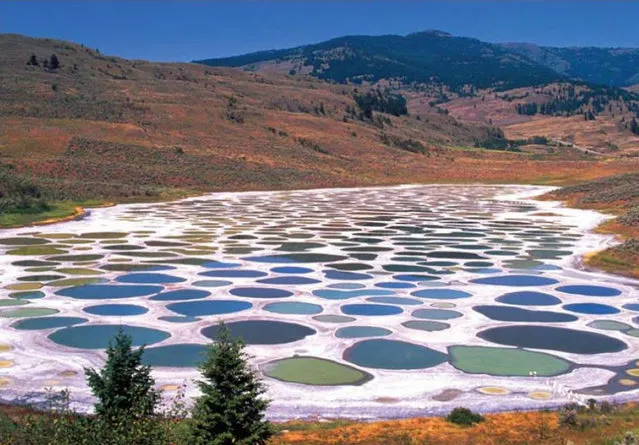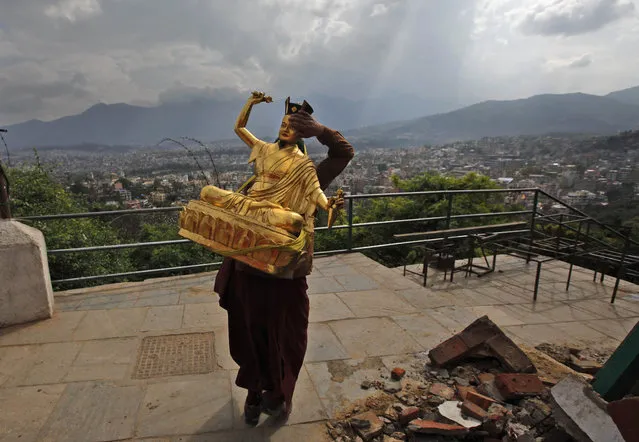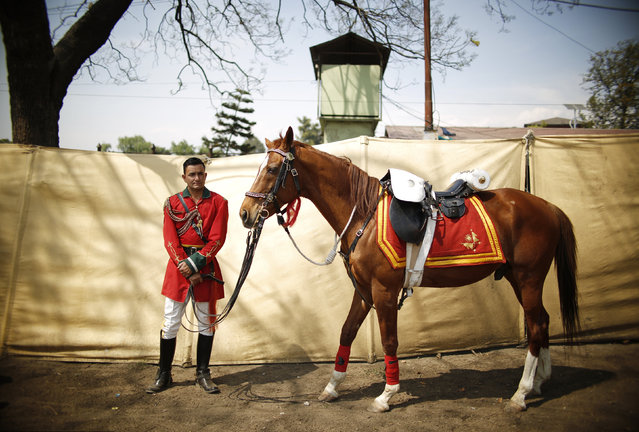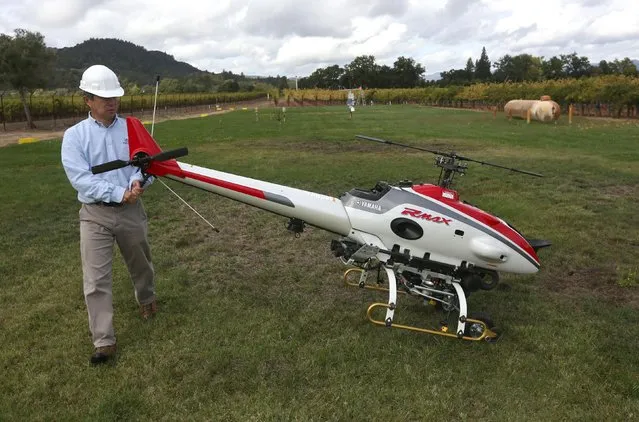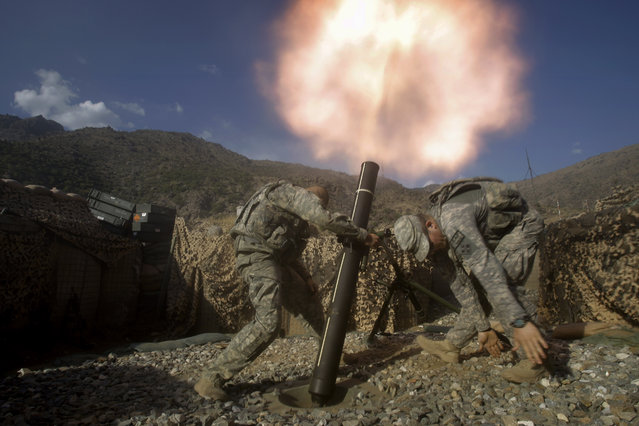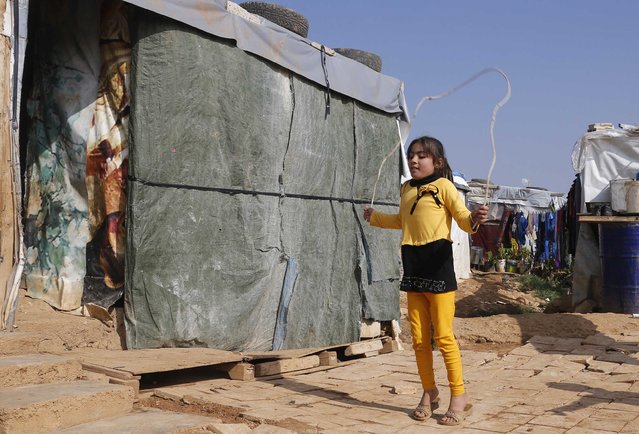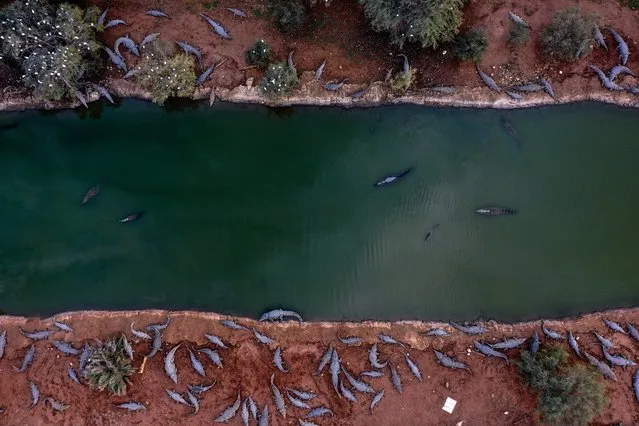
Passengers ride an overcrowded bus as they head towards their village to celebrate "Dashain", the biggest religious festival for Hindus in Nepal, as fuel crisis continues in Kathmandu, October 20, 2015. Many people who live in Nepal's capital hail from districts outside the Kathmandu Valley and return home for the festival. (Photo by Navesh Chitrakar/Reuters)
23 Oct 2015 08:01:00,post received
0 comments

